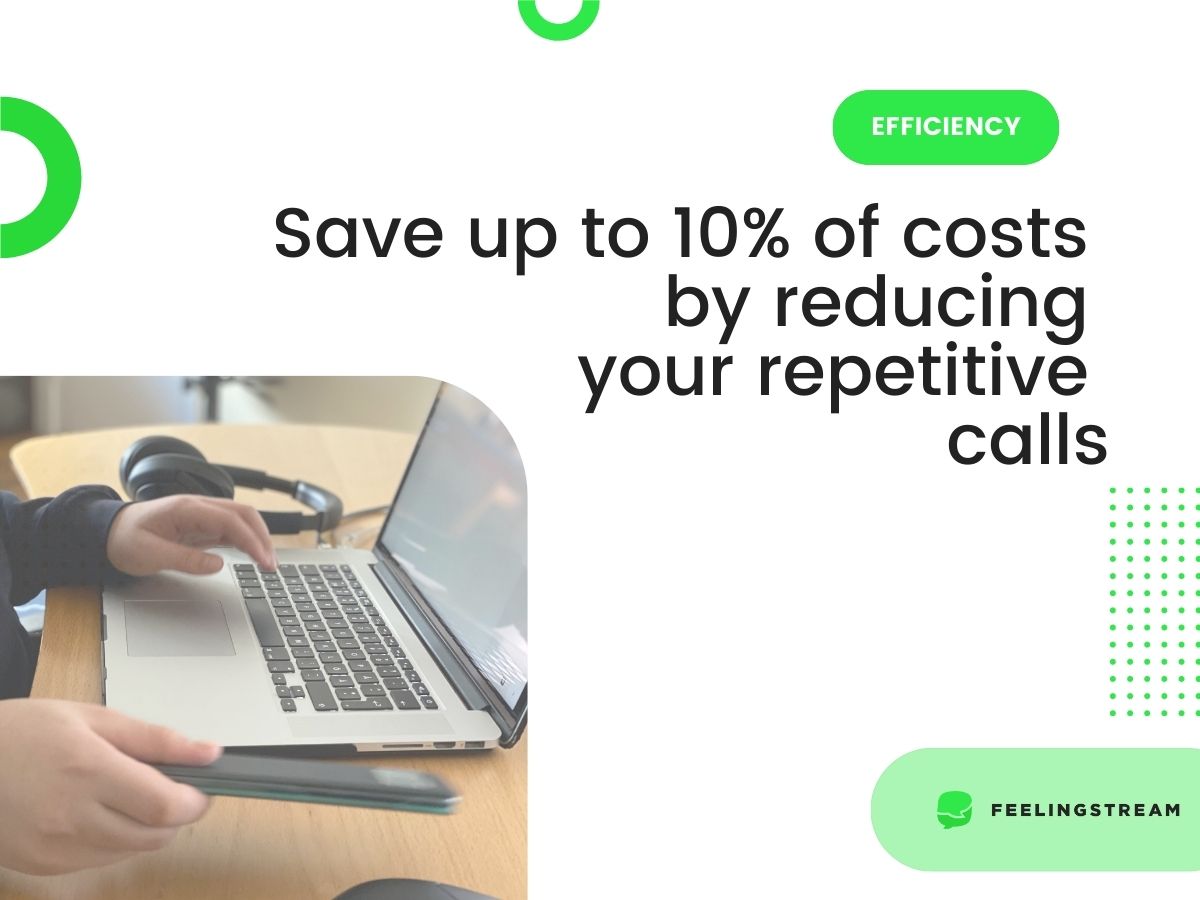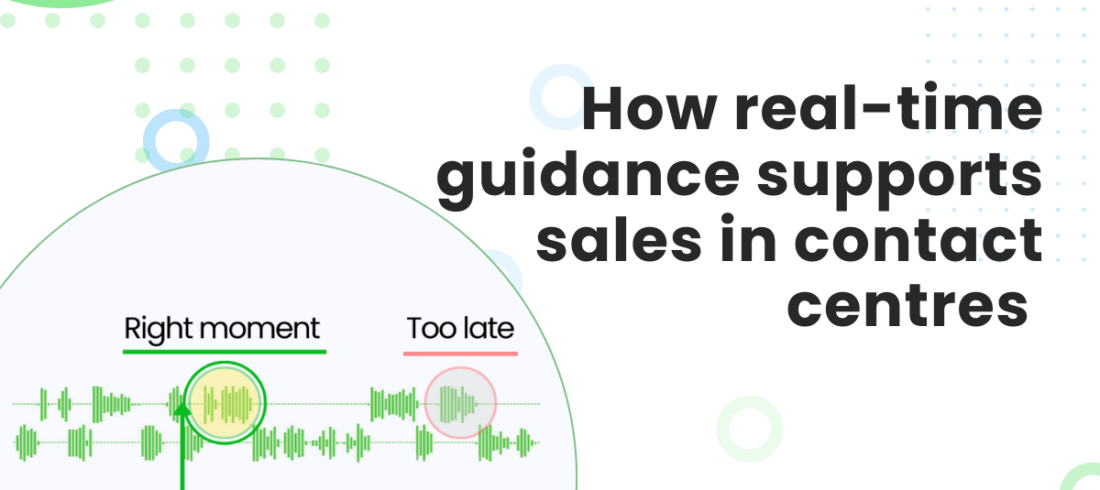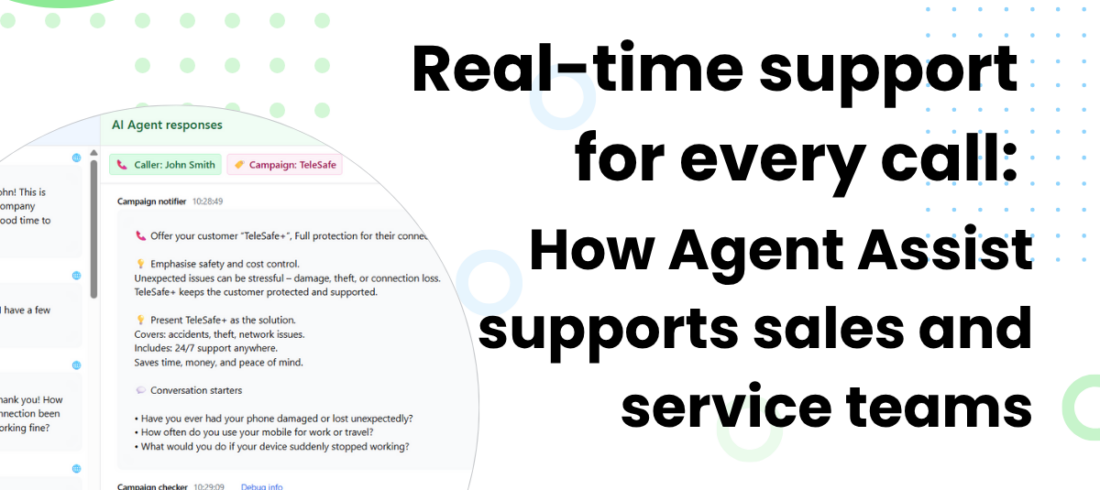When you analyze customer service calls, it is common knowledge that some customers call back multiple times per day. Our practice has shown that 10% of all contacts are repetitive calls. Some of those calls are inevitable, some could be avoided. Most companies measure their First Call Resolution. However, they may not be aware of the reasons behind repetitive calls and know how to decrease them.
In this blog post, we will share our thoughts about repetitive calls. We will show how costs can be lowered by paying more attention to them with the help of Feelingstream’s AI call analysis platform.
Repetition ties to the topic, not just the phone number
There can be various reasons for repetitive calls. Each repetitive call is not an issue and something to be avoided at all cost. It depends on the situation. For example, if you have a technical troubleshooting case in which the customer will need to restart devices and the process takes a while, it is ok for the customer to end the call and call back again if they need it later. There are plenty of other situations in which the call should be straightforward. Usually customer asks their question, agent replies, confirms that the issue is resolved and that is it. Quality managers should analyze repetitive calls for those scenarios to find a solution.
The issue that most companies face is that a) they do not understand how many of their calls are repetitive and b) they do not have the data to tackle them. When looking for repetitive calls, most companies would check for calls from the same phone number. This will give them an idea about the number of calls from the same customers. They cannot ensure that the topics were also repeating. The only way to get more data would be to manually dig into notes of those contacts. Who would have such time in their hands?
Efficiency – if you decrease repetitive calls, you have fewer contacts in general
Why would repetitive calls need attention and is it worth looking into? Well, let’s say that you have 10 000 calls per day from 9000 customers. 1000 customers called twice.
You need 294 agents to serve 10 000 calls per day (average agent serves 34 calls per day). If you could serve “only” 9 000 calls per day then you need 264 agents. You could therefore save 10% of your agent budget.
It is clear that you will not be able to get rid of every single repetitive call. But if you analyze the reasons behind repetitive calls and then take action to better your processes, teach your agents, or improve your self-service, you will definitely lower the numbers tremendously.
When investigating repetitive calls, the most important thing to look at is the topic.
The data about repetitive calls should not be based on phone numbers alone, the content is very important. As said before, repetitiveness can be higher for technical topics. There should be very limited repetition in some other areas.
The business sector plays a role in the repetitive calls
Our work thus far has shown that the share of repetitive calls could be as high as 15% in the telecom sector. When you think about it, this percentage is realistic due to the number of calls that require technical troubleshooting. It’s normal if the agent gives the customer clear directions on how to troubleshoot their issue and advised that they need to call back after taking those steps.
At the same time, if the repetitive calls would all be about some other topic such as contract conditions, that would clearly show that agents should have managed the initial call better. In such cases, agents need to answer any customer questions, give an overview of any options, give examples, etc. At the end of the call, the agent should also check that the customer feels that their questions are all answered. Repetitiveness should be an exception in such scenarios, not the norm.
In the financial sector, the share of repetitive calls can be as low as 8%. Even with such a small percentage, some steps could be taken to ensure that the company learns from the repetitive calls and takes steps to decrease them. Investigating the calls based on the topics and looking for patterns based on call transcripts is the only way of understanding ways of improvement.
Automatic analysis of repetitive calls helps react faster
If you do not know the number of actual repetitive calls, the topics and patterns within them, how could you improve? Evolution and change come from asking the right questions and using data to make informed decisions (read more about that HERE )
Feelingstream’s call analysis platform transcribes calls into text, groups them based on topics, and highlights the recurring ones for analysis. When you see the topics that keep coming up, you can already understand, which need more attention. Simple questions about bank cards or contracts should most likely not be on that topic list. Quality managers would need a lot of time to listen to each call. Checking transcripts is much faster. The manager can take action as soon as they see patterns. The managers can react to repetitive calls and emerging issues much faster, when they have a timely overview of topics during the workday and the system sends them notifications as well.
Feelingstreams’ new feature for discovering repetitive calls was implemented by a company in the insurance sector. It started to immediately highlight the issues. Managers were able to take action right away. It turned out that some agents were causing the repetitiveness by advising the customers to call again instead of trying to resolve the issues themselves. Managers trained those specific agents and advised them about what was wrong about this behavior. The system helps track repetitiveness automatically during the day. Managers get notified by the system when issues arise and additional coaching is provided, as necessary.
Learn more about your customers, agents, processes, and your company
Repetitive calls are not just ones from the same customers, but also include the same topics. If you want to lower costs, work on agent efficiency and FCR, then repetitive calls need attention. Feelingstream’s AI call analysis platform makes such analysis much easier than any manual approach ever could. The more you use this platform, the more you get to know your customers, your agents, your processes, and how your company can change for the better.
As you are already thinking about decreasing repetitive calls, read what we have to say about avoidable calls as well.
If you want to learn more about our services and what we could do for you, register for a live demo.




